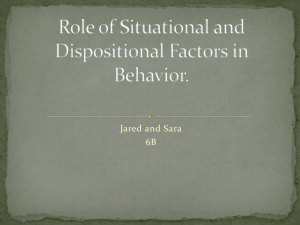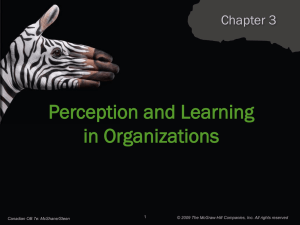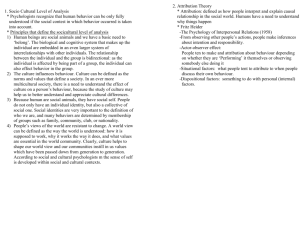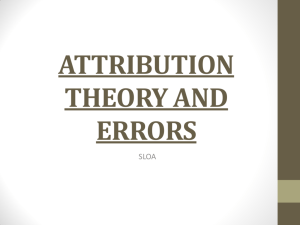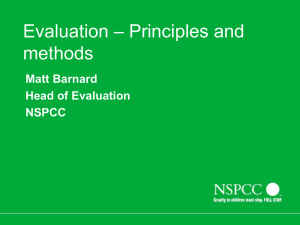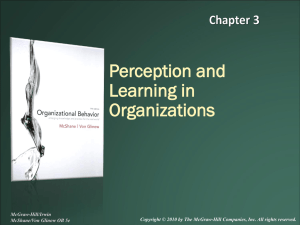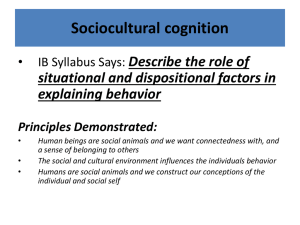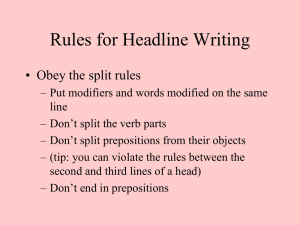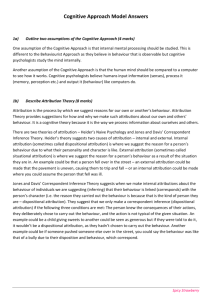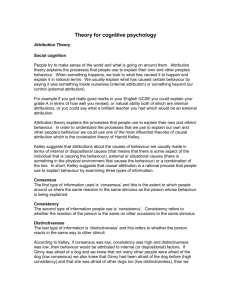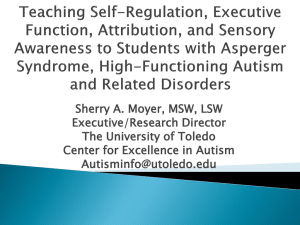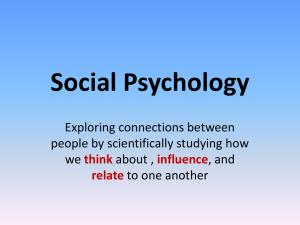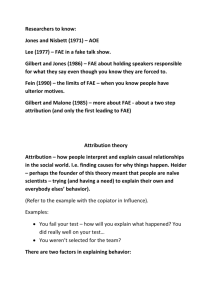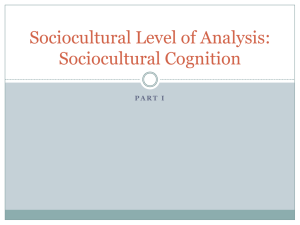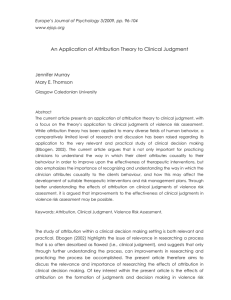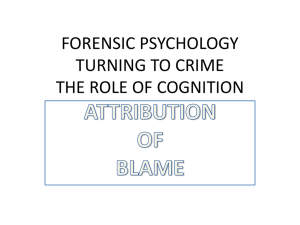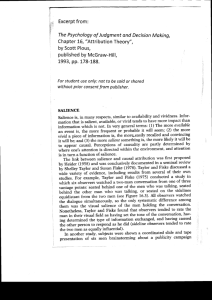INTERPERSONAL PERCEPTION & ATTRIBUTION
advertisement
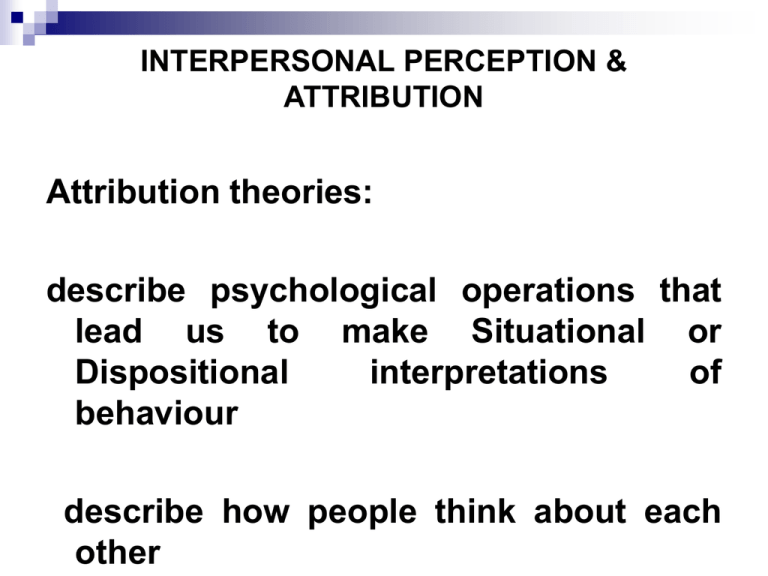
INTERPERSONAL PERCEPTION & ATTRIBUTION Attribution theories: describe psychological operations that lead us to make Situational or Dispositional interpretations of behaviour describe how people think about each other Fritz Heider 1953 Phenomenological causality – how ordinary people understand cause & effect & the errors they make in doing so. social perception – how we explain own actions & those of others Esp. Analogy from gestalt analysis of visual perception: misperceive actions, because confuse figure (actor)/ground (social situation) Anticipated social constructionism: explanations we use to explain the world are both products of the way they ‘structure the world’ and at the same time contribute to that structuring. We don’t respond to how world actually works but to our perception of it can only develop psychological theories about the way people act if we have access to explanatory framework within which they operate. The Logic of Attribution Kurt Lewin – attributional/Lewinian equation B=S+D (behaviour) = (situation) + (disposition) dynamic relation between attributional elements = core logic of attribution theories Discounting principle: (Kelley 1972) Do not conclude unique predisposition to act if behaviour is exactly what situation demands: Ignore nondiagnostic behaviour Do we obey this rule? Correspondence Bias: 1967 Jones & Harris (proCastro essays) tendency to conclude person has a disposition that corresponds to behaviour even when behaviour attributable to situation Fundamental Attribution Error Ross 1977 Causes: 1. wanting dispositions sense of control (emphasis on individuality) powers of prediction (function as a theory) overestimation of D 2. misunderstanding situations situation invisible (Ross, Amabile, Steinmetz 1977) psychological construal of situation inadequate (Sherman 1980) underestimation of S 3. misperceiving behaviour seeing behaviour complex inferential process helping/cheating not actions but action identifications factors determining accuracy: expectations Rosenhan 1973 (pseudopatients), perceptual assimiliation (Bruner 1957) Trope 1986 2 stage model of attribution Identification ► What is actor doing? it? Attribution Why is actor doing (*information about situational constraints can increase accuracy of attributions = prevent underestimation of S, But can also can decrease accuracy of identifications = overestimate B) 4. failing to use information how we use what we know automaticity Quattrone 1982: First make dispositional inferences, then change those to Situational ones Attribution = series of sequential operations anchoring heuristic Tversky & Kahneman 1974 Gilbert, Pelham & Krull 1988 3-stage model Identification ► Attribution Automatic dispositional inference ▼ Effortful situation correction tested using divided attention technique cognitively busy Subjects made dispositional inferences (automatic) and did not correct those inferences (effortful ) to take account of situation INTERPERSONAL PERCEPTION Any mental event, an attribution, can change the world and then be affected by the world it changed We change the behaviour of those we analyse Attributional errors Snowball effect - final nature of event strongly influenced by minor changes in antecedent conditions sensitive dependence on initial conditions final judgements about others = v sensitive to small changes in initial impressions 3 mechanisms Matching reactions: Synder, Tanke & Berscheid 1977 Providing opportunities: Rosenthal & Jacobson 1968; Harris & Rosenthal 1985; Fail to provide opportunities to repudiate suspicions, create special opportunity to confirm; Snyder & Swann 1978 Leading questions Hypothesis –confirming bias Setting norms: emperor’s new clothes Baumeister, Hutton & Tice 1989 Perceiver-induced constraints I cause you to act in certain ways and then conclude that you are predisposed to those actions Co-variation problem Ichheiser 1949 No information about how people behave in our absence, (i.e., misunderstanding situations) Self-regulation problem Impression management, strategic self-presentation Goffman 1959 (i.e., failing to use information) Critique & Reading We have induced, not just observed, behaviour. We cannot separate ourselves from the social worlds we are appraising. Reading Relevant material in Hogg & Vaughan Also Langdridge, D. & Butt, T. (2004) The fundamental attribution error: A phenomenological critique. British Journal of Social Psychology, 43(3), 357-69. Reynolds, B. & Karraker, K. (2003) A Big Five model of disposition and situation interaction: why a ''helpful'' person may not always behave helpfully. New Ideas in Psychology, 21(1), 1-13.
